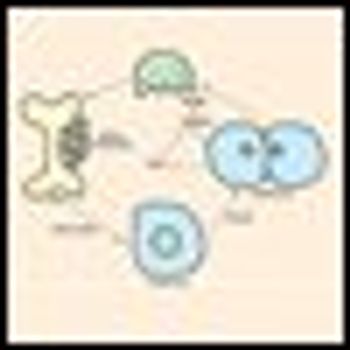The limited effectiveness of chemotherapy in esophageal cancerused to palliate metastatic disease or to combine with radiotherapy inlocally advanced disease has prompted the evaluation of new systemicagents. Irinotecan (CPT-11, Camptosar) has shown promising activityin a number of gastrointestinal cancers, including esophageal cancer.The phase II evaluation of the combination of weekly irinotecan andcisplatin has shown encouraging response rates exceeding 30% to 50%in esophageal and gastric cancer. Novel regimens include the combinationof irinotecan with mitomycin (Mutamycin), the taxanes docetaxel(Taxotere) and paclitaxel, and continuous infusion fluorouracil(5-FU). Irinotecan is an active radiosensitizer, and trials have evaluatedthe combination of irinotecan with concurrent radiotherapy. We completeda phase I trial combining weekly irinotecan, cisplatin, andconcurrent radiotherapy in locally advanced esophageal cancer. Minimaltoxicity has been observed, with no grade 3/4 esophagitis ordiarrhea, and hematologic toxicity was also surprisingly minimal. Fulldoses of weekly irinotecan (65 mg/m2) and cisplatin (30 mg/m2) could becombined safely with concurrent radiotherapy, with a significant rate ofpathologic complete response. Phase II evaluation of this chemoradiotherapyregimen as preoperative therapy is planned at single institutionsand at the cooperative group level in the United States. Furtherphase I and II investigation of combined irinotecan, cisplatin, andconcurrent radiation is ongoing with the addition of targeted agents,including celecoxib (Celebrex), cetuximab (Erbitux), and bevacizumab(Avastin). Alternative combinations of irinotecan with radiotherapy,including the addition of docetaxel and continuous infusion 5-FU, arealso undergoing phase I and II evaluation.


